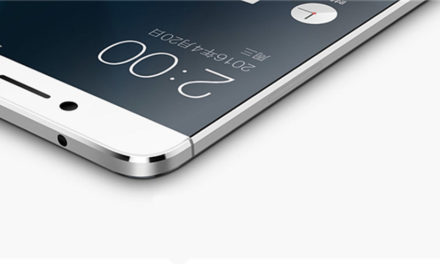
Why should 10 core be in a phone and what is SoC? We tell!
I have repeatedly asked me what makes sense in a phone for the 8 or 10 core. Here's the answer!
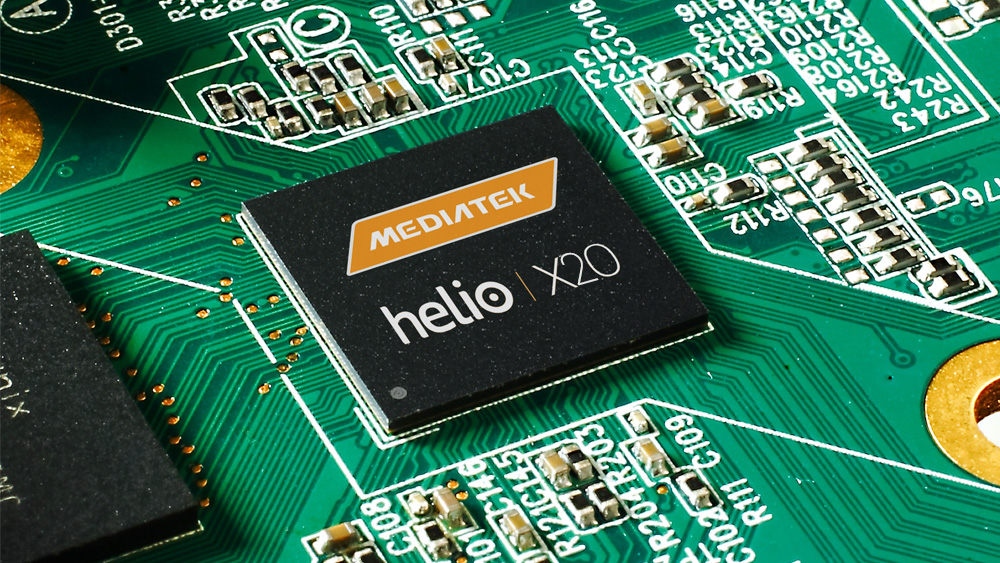
I try not to overdo this article and answer the most important questions in the simplest way. The first, and probably most important question for phones is what is SoC and whether there is any processor or graphics accelerator in a phone.
What is SoC?
SoC is an acronym for System on a Chip. The term refers to a chip that contains all the important components needed to operate the system at the same time.
In the old days, in the world of computers, every function had its own chip. There was a hard disk controller, a sound card, but there was a separate card next to the CD writers. Then, as manufacturing technology advanced, more and more functions were combined into one chip. On the motherboards came the north and south bridges, the video controllers were included in the processors, but interestingly the process had not peaked in the world of PCs, but in mobile phones.
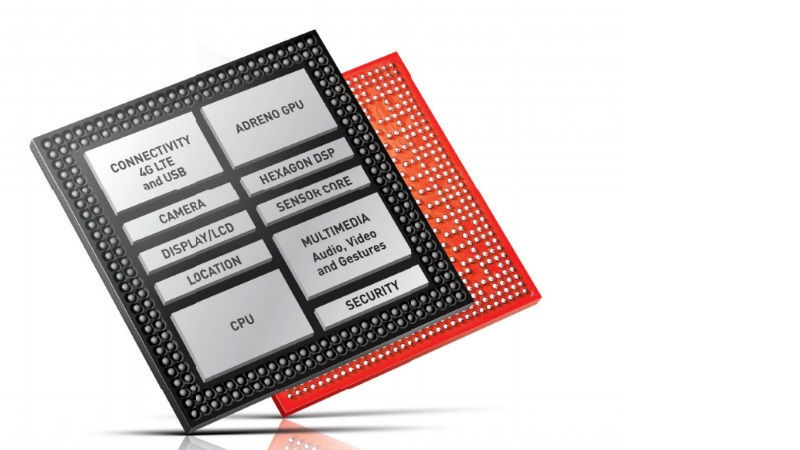
In today's modern mobile phone, it's basically a mistake to talk about a separate processor, GPU, or graphics accelerator, since they all come in the same chip, along with several other components. For example, this chip, SOC, contains the memory controller, but there is also a unit responsible for managing the cameras. This means that I am mistaken about these terms in the phone reviews I write, which is because most readers understand this. Over the years, we have been socializing to the point where the power of a hardware is primarily the processor clock and more recently the number of processor cores. This is not the case with phones, or at least not so clear.
Let's go into SoC and take a look at the processor. If you find a more detailed description of a phone, you can read things like Cortex-A53. This is the type of core in the SoC inside the processor.

Cortex seeds are products of ARM Limited, or at least intellectual products, because the company produces nothing but develops. For example, processor architectures. So when you hear ARM on a phone, it means that the company-developed architecture works on your phone or tablet. Currently, ARM solutions are 64-bit, which can address much more memory than the old 32-bit solutions, in Hungarian.
Let's look at the processor.
In this article, the example, the processor to be dissected, will be a MediaTek solution, the MT6769 model. It is already an advanced unit with ten processor cores.
MediTek is a Chinese company, by the way, and we can meet their processors in a lot of devices. these could be identified in the past by the fact that the type designation had an MT in front of the numbers. Not long ago, but maybe because of the clever thinking of the marketers, the processors got a fantasy name, it became Helio. So, if we want to be very accurate, we now look at the Helio X20 - MT 6797.

To see why the ten cores are good and how we got to the one-to-ten, you still have to chew through a few sentences.
In the beginning, doubling or quadrupling CPU cores served two purposes. On the one hand, more cores could count more, compute capacity was higher, and on the other hand, they could compute parallel to each other, so that the capacity per core could add up. You have to know that the core of the processor is not like our brain, it will not "watch" more, it will not be able to calculate more things at once. If a single-core processor has multiple tasks, it divides the available time into slices so that one or another task gets to the solution. If we have two ourselves, they can do two tasks at a time, and so on.
 Do you have 19 forints for an eight-core phone?
Do you have 19 forints for an eight-core phone?
If you have, you can run this opportunity for him now and you could be the very lucky owner of a very powerful phone!
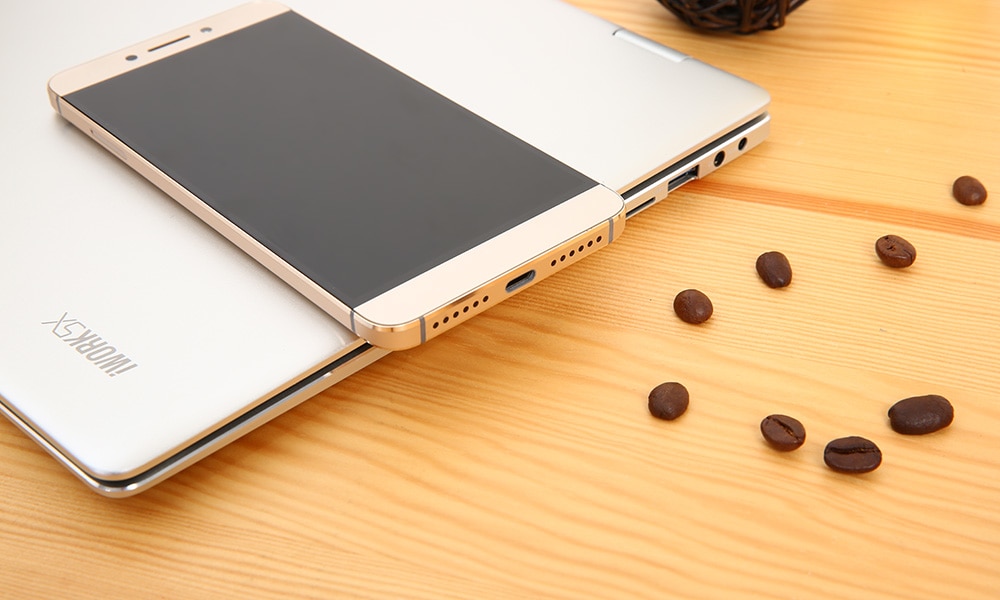 Here is the first 10 thigh phone 30 under $ 1,000
Here is the first 10 thigh phone 30 under $ 1,000
Development cannot stop, and it seems that XNUMX-core processors will also be obsolete.
From the above it is already clear why more cores are better. Yes, but with mobile processors we come across another important term, and that is cluster. Cluster literally means a cluster, and this explains well what we can see in a processor. Clusters, like on grapes, but here processor cores are not "hanging" in smaller clusters within the large cluster.

Today's ten-core processors, such as the aforementioned Helio X20, contain three clusters. In these clusters we find the ten seeds distributed. The first and second clusters contain 4 to 4 seeds, while the third cluster contains only two seeds. These are the core ARM enhancements mentioned above. Quad-core clusters contain ARM Cortex-A53 cores, and dual-core clusters contain two ARM Cortex-A72 cores.
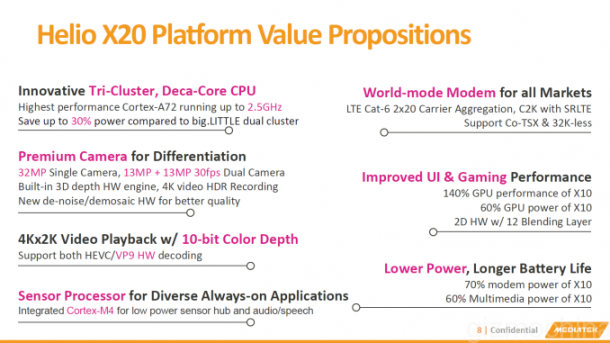
We are slowly coming to the heart of our article on why this lot of cores in a processor is good. I think you will be scratching your head if I tell you that the ARM cores in these three clusters work at different clock speeds.
If the processor, or more specifically the phone, is asleep, or let's just look at how many hours it has, then the minimum computing power is enough to keep the phone running. In such cases, the four ARM Cortex-A1,4 cores on the lower level, operating at 53 GHz, will only work. Relatively low clock speeds and few cores require little power.
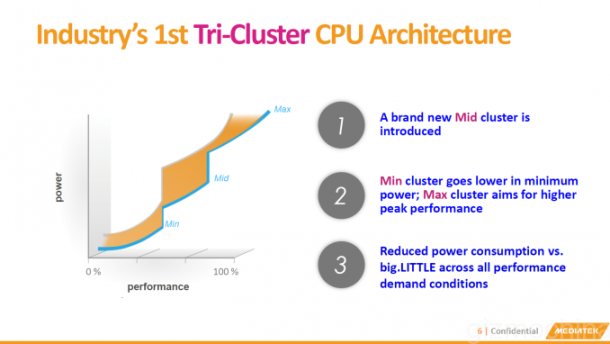
When you start doing more operations on your phone, running multiple programs in the background, you turn on the second cluster, which also has four ARM Cortex-A53 cores, but clocked at 2 GHz.
When we launch a program with a rough computational demand, say a 3D game, the computing demand goes up, and the processor bursts into a third cluster, which uses two advanced ARM Cortex-A72 cores that work at a higher clock speed.
Sum it!
So there are two important reasons why a phone says not a single processor but a ten-core processor. On the one hand, the more cores you have, the more tasks you can perform in parallel, and on the other hand, keeping the clusters of kernels energy-hungry by turning smaller clusters on and off one at a time, up to the maximum clock values given above.
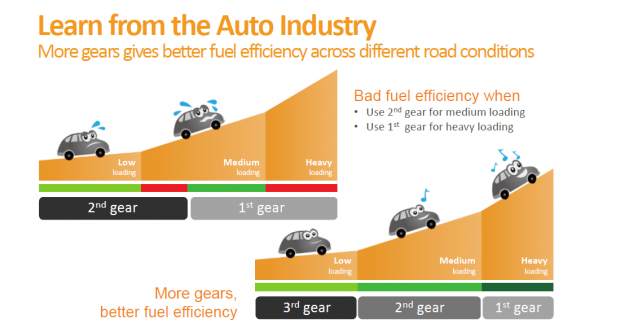
Of course, we can say this simply because articles tend to use the word scaling for this process, which basically means that the system knows the processor's resources, both energy and computing power, in the best, most economical and efficient way at the right time, focus on doing the right thing.
So that was the brief explanation, unfortunately I couldn't tell you why it is worth choosing a phone with more cores. Of course, I will try to answer any questions that arise!
Here's where you can find the cheapest cheapest 20-core phone with Helio XXNUMX processor: Here is the first 10 thigh phone 30 under $ 1,000
And here you find a lot of ten-core processors: Plenty of ten-core phones











